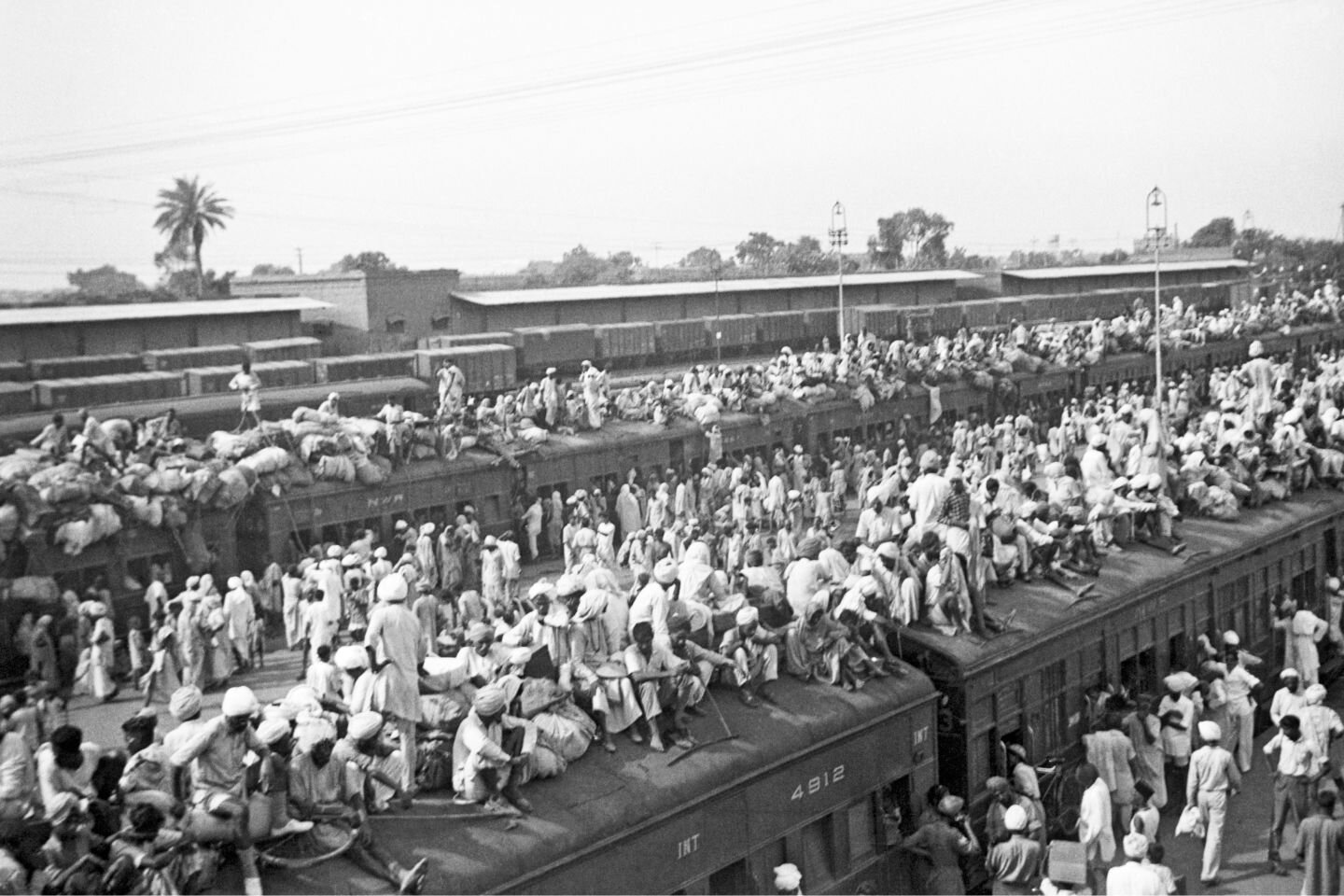
Neighbors for 69 years
India and Pakistan remain locked in a seemingly unending conflict. At the time of partition, there had been conflict over Kashmir and the dispute has resulted in 2 wars and continues till this day. Around 50,000 people have lost their lives in the Kashmir conflict alone.
India is now the largest arms importer in the world, with the conflict with Pakistan being at least partly responsible for such arms stockpiling.
Such expenses take a toll on economic development with aid to Pakistan increasing over time (graph above). India has sought measures to reduce its dependence on foreign aid in recent times. India was the world's largest recipient of foreign aid till the mid-1980s but now foreign aid comprises only 0.3% of the GDP.
Both countries are now also nuclear weapons capable though neither has signed the Treaty on the Non-Proliferation of Nuclear Weapons (NPT).
The Simla Agreement of 1972 resumed regular communications between the countries.
Though the countries continue to demonize each other, they have developed a strong understanding of each other's defense, economic and cultural capabilities. While India has developed the world's largest movie producer (Bollywood) and dwarfs that of Pakistan, the countries compete and often face-off on the Cricket field.
A timeline of India–Pakistan relations:
1947 – British empire partitions India into two countries: Hindu-majority India and Muslim-majority Pakistan, consisting of West and East Pakistan, on either side of India. The bloody migration, one of the worst in modern history, kills an estimated one million Hindus and Muslims.
1947-48 – India and Pakistan go to war over the state of Jammu and Kashmir. Armed groups across West Pakistan launch an offensive to take the region by force. The Hindu ruler Maharaja Hari Singh seeks India’s protection and signs an accord of accession. After a UN cease-fire, a resolution is passed to carry out a plebiscite in Jammu and Kashmir to allow its citizens to choose to become part of India or Pakistan.
1954 – Jammu and Kashmir state assembly ratifies state’s accession to India. India starts referring to Jammu and Kashmir as an integral part of the country.
1965 – Pakistan launches "Operation Gibraltar" to take control of Jammu and Kashmir by sparking an insurgency. India responds by attacking West Pakistan. This is the second major war between the two neighboring countries over Kashmir.
1971 – After a nine month independence war in East Pakistan, India joins the conflict against the West Pakistan army, leading to the third war between India and Pakistan. It ends with the independence of East Pakistan, which becomes Bangladesh.
1972 – India and Pakistan sign the Simla Accord that agrees to put an end to conflict and confrontation and start a new friendly relationship. Both sides agree to resolve all disputes by peaceful means. The agreement designates a cease-fire line from 1971 as the new “Line of Control”.
1974 – Jammu and Kashmir state government affirms it is a constituent unit of Union of India. Pakistan rejects it. The same year, India goes nuclear after conducting a nuclear test at Pokhran.
1998 – India conducts five nuclear tests at Pokhran. Pakistan responds by conducting six nuclear tests at Chaghai hills, becoming the first and only Muslim-majority country in the world to own nuclear weapons. International sanctions are placed on both countries.
1999 – Indian Prime Minister Atal Bihari Vajpayee and Pakistani Prime Minister Nawaz Sharif sign the Lahore Declaration, reaffirming the Simla Accord. Later that year, Pakistani forces under its Army Chief General Pervez Musharraf enter Kargil in Indian-held Kashmir. Skirmishes break out until Indian troops push back the Pakistani forces.
2007 – The Samjhauta Express, the train service between India and Pakistan, is bombed in India, killing 68 people, mostly from Pakistan. It later emerges in 2008 that Hindu radicals were allegedly behind the attack.
2008 – Armed gunmen from across the border target five-star hotels, railway stations, a hospital, and various other places in India's commercial capital Mumbai, killing 166 people. India blames Pakistan-based militant groups and suspends peace talks with Pakistan.
2009 – Pakistan admits the 2008 Mumbai attack was launched from its soil and begins a probe into the attack. India welcomes Pakistan probe. Later that year, Indian Prime Minister Manmohan Singh meets Pakistani President Asif Ali Zardari in Russia and asks him to make sure that Pakistani soil is not used by militants against India again.
2014 – In May, Narendra Modi comes to power in India and invites South Asian leaders, including Sharif, to his swearing-in ceremony. Both countries pledge to normalize relations but foreign secretary-level talks are suspended by India after Pakistan's High Commission in New Delhi invites Kashmiri pro-independence leaders for consultations.
2015 – In April, India lodges protest after a Pakistani court grants bail to Zakiur Rehman Lakhvi, the alleged mastermind of the 2008 Mumbai attack. In July, Modi and Sharif meet on the sidles of a Eurasian summit in the Russian city Ufa and announce intentions to improve relations and hold bilateral security talks. Immediately afterwards, July and August sees a spurt in cease-fire violations as both countries trade charges against each other.
August 2015 – Talks between India and Pakistan's National Security Advisers Ajit Doval and Sartaj Aziz, scheduled for 23-24 August collapse after India is angered over Pakistan's invitation to Kashmiri leaders to consult on the talks.
Images:
U.S. aid to Pakistan Graph source: http://www.cgdev.org/page/aid-pakistan-numbers
India-Pak flag Header image: http://tribune.com.pk/story/217711/major-issues-between-old-rivals-india-and-pakistan/
Timeline source: http://defence.pk/threads/timeline-india-pakistan-relations.323634/
Published March 2016

